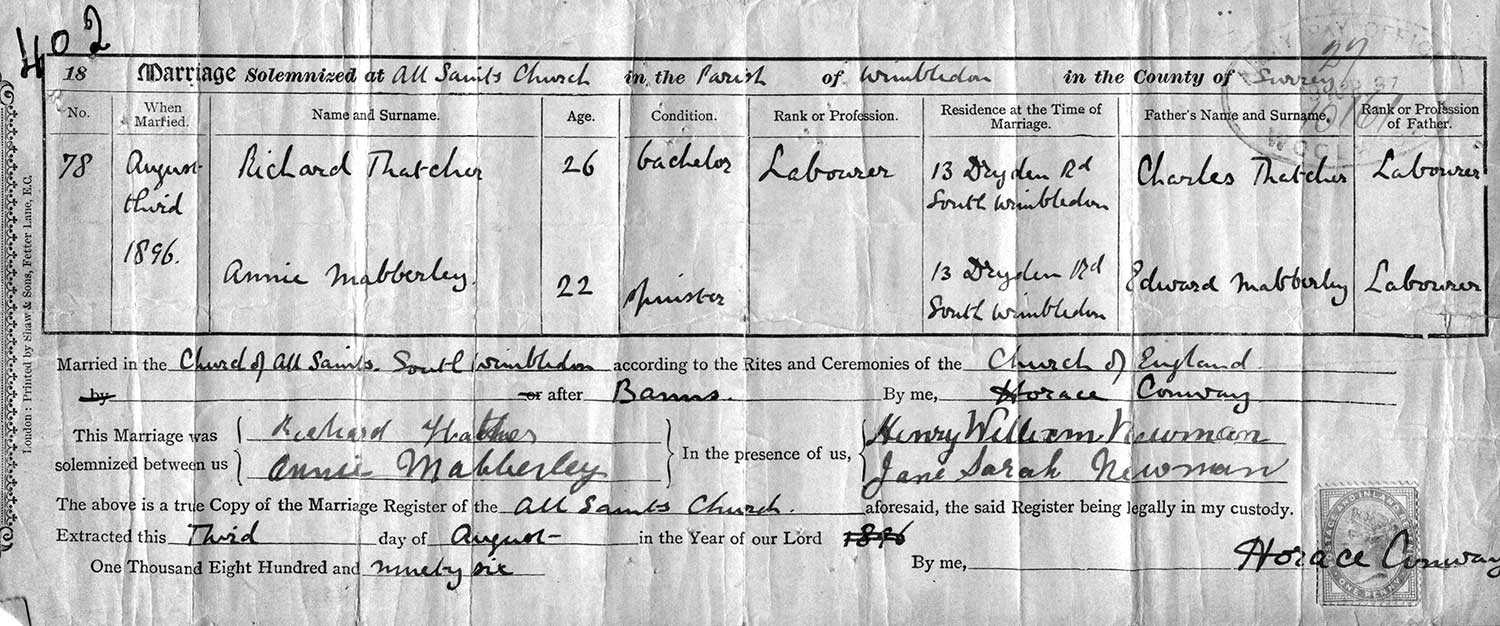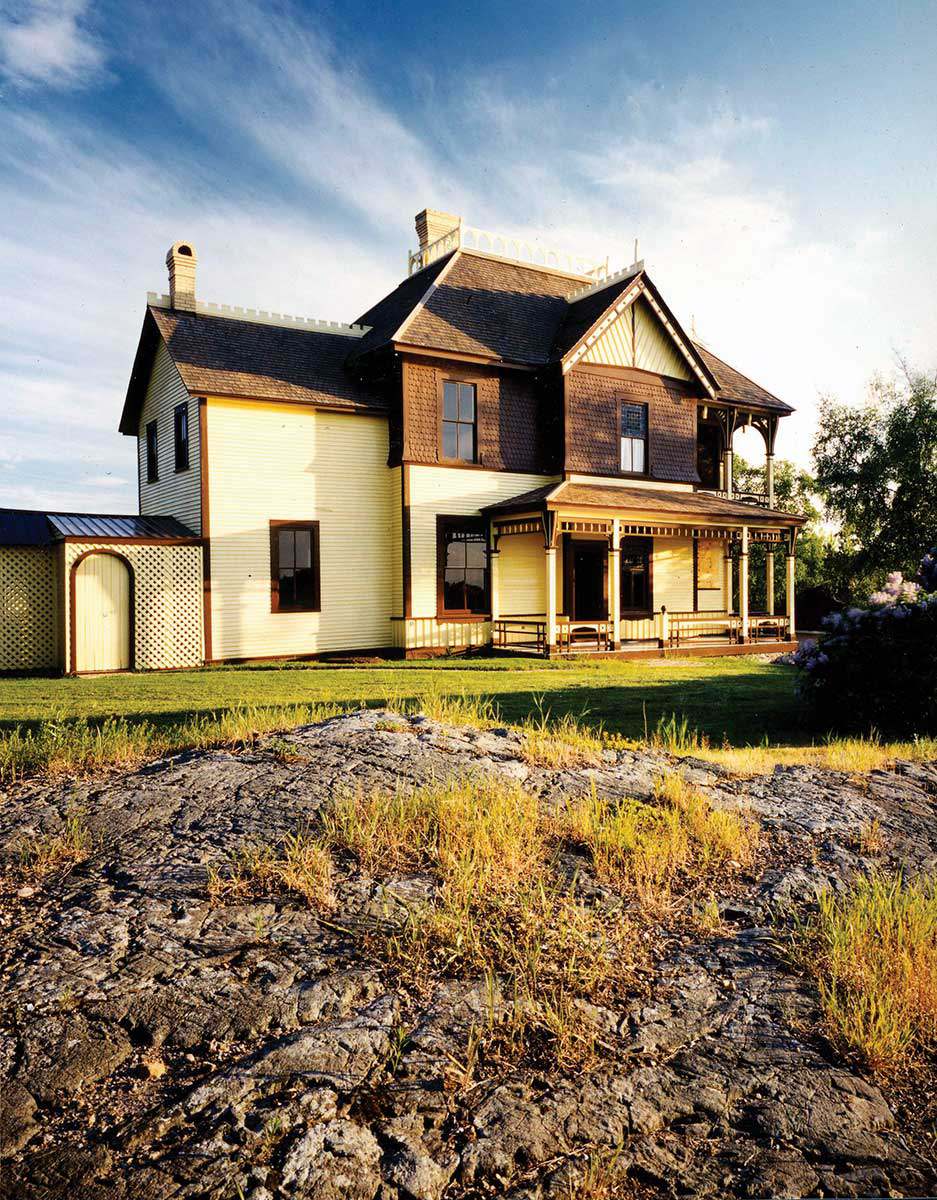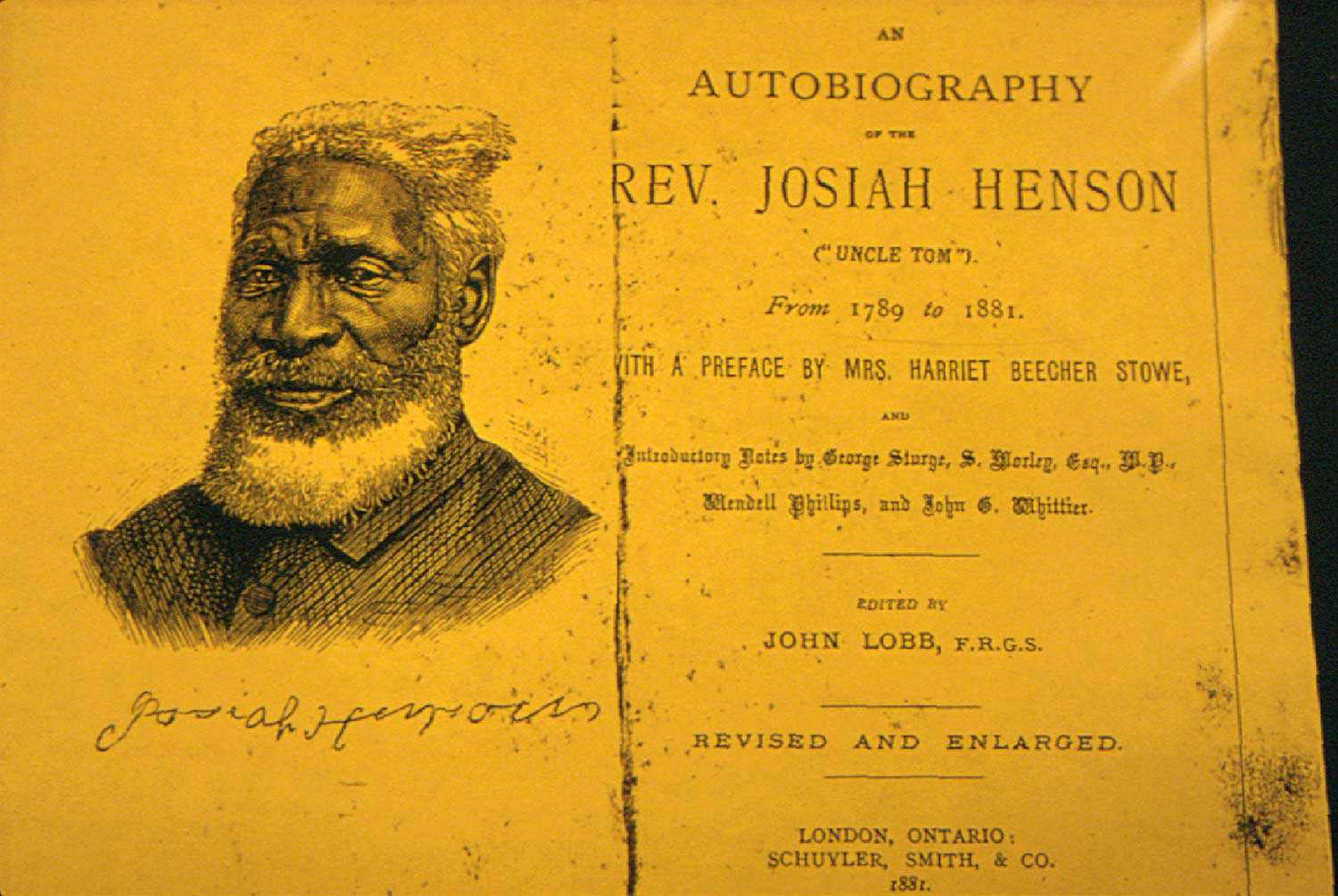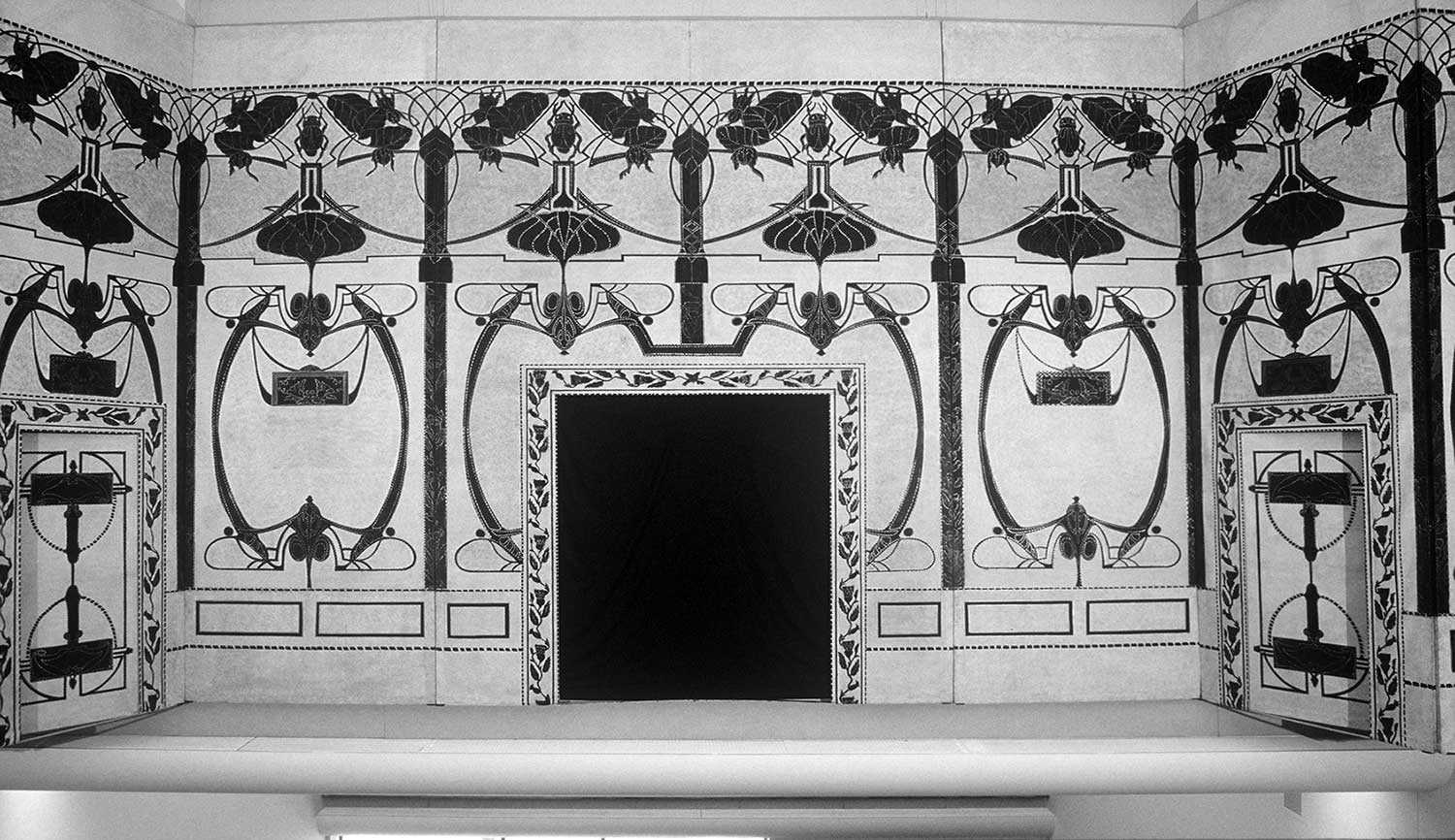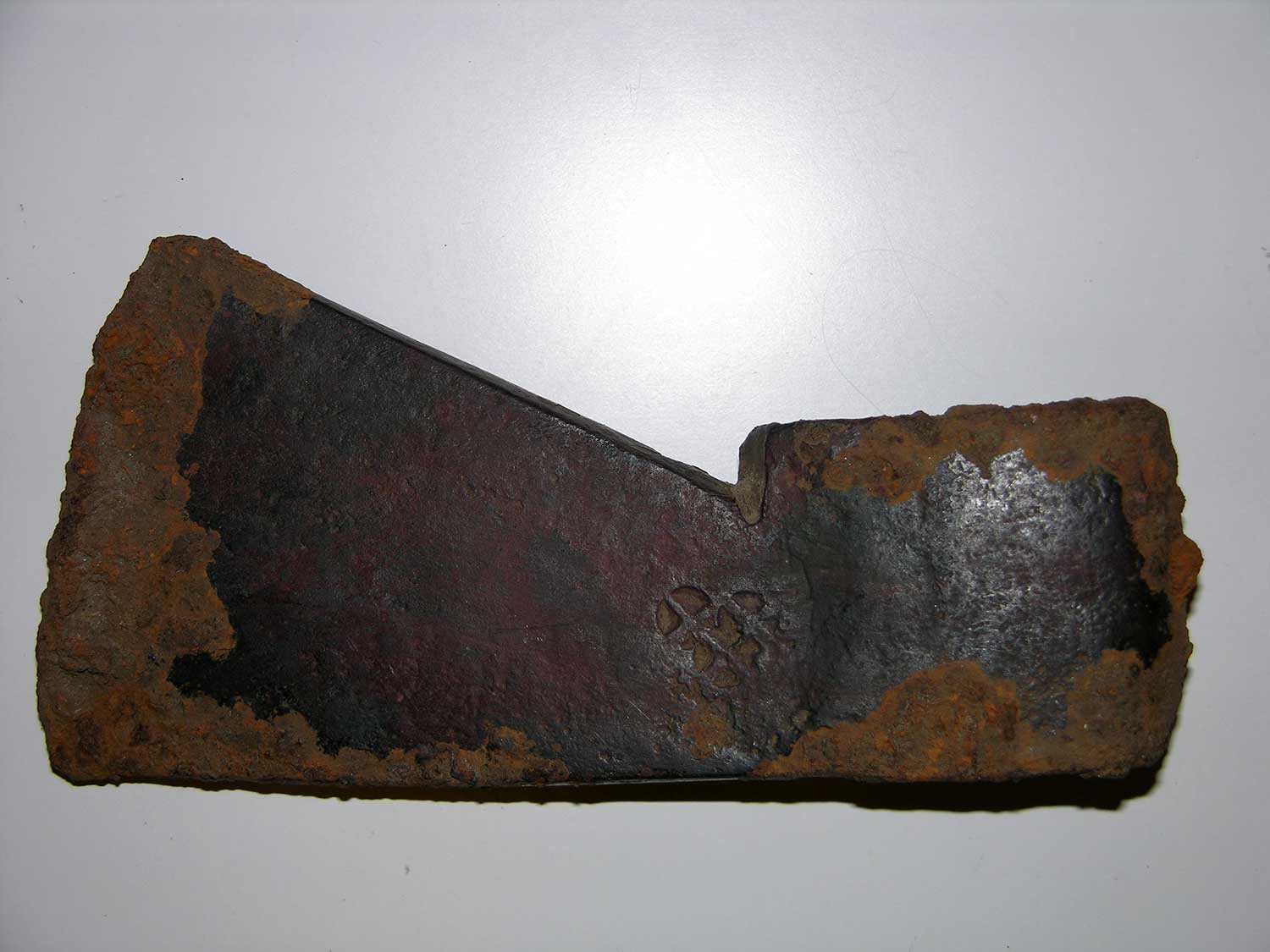

Browse by category
- Adaptive reuse
- Archaeology
- Arts and creativity
- Black heritage
- Buildings and architecture
- Communication
- Community
- Cultural landscapes
- Cultural objects
- Design
- Economics of heritage
- Environment
- Expanding the narrative
- Food
- Francophone heritage
- Indigenous heritage
- Intangible heritage
- Medical heritage
- Military heritage
- MyOntario
- Natural heritage
- Sport heritage
- Tools for conservation
- Women's heritage
Digging in the archives
Genealogical research can be challenging, frustrating and ultimately rewarding as you wade through hundreds of records and personal artifacts. If you have reached an impasse with your data or need to find a clear way of sorting your records, follow these basic steps to embark on your genealogical adventure.
Begin with what you already know. Plot your family tree on a sheet of paper – beginning with yourself and working backwards through as many generations as possible. Don’t worry if there are gaps or unknown data; you can fill that in later. Add birth, marriage and death dates for each person. If in doubt, ask a parent or grandparent. Also, search through your own personal archives. Open the old shoeboxes and unlatch the trunks in the attic and sift through their contents carefully. You will be surprised at what amazing treasures you have in your possession. They may only have value to you or your immediate family, but each artifact adds clarity and richness to your past.
Now you can begin solving some of the mysteries these records present. Delve into the vast assortment of genealogical documentation available to you. A good place to start for your ancestry in this province is the Archives of Ontario (www.archives.gov.on.ca). The Archives of Ontario holds a vast treasury of family history records – from birth/marriage/death and cartographic records, to reference texts and directories, to wills and legal documents. Visit their website for preliminary research and then make an appointment to go to their Toronto offices and search through the microfilms. (The Archives will also loan microfilms to other public libraries across Ontario but not to individuals directly.)
Another valuable cache of records about family members can be found in Ontario censuses. Some census documents are more complete than others; they are sometimes frustrating and genealogists must be aware of their limitations. Census takers often took guesses at, or made assumptions about, who lived somewhere. They might also ask about a neighbour who was not at home during a census visit. Consequently, information can be incorrect or completely absent. Handwriting of census takers, too, can be challenging to decipher and transcriptions of these records sometimes contain errors because of handwriting confusion. Despite these limitations, census records remain important documents for family history research. Again, these records can be accessed, among other resource centres, through the Archives of Ontario.
It should come as no surprise that once you begin asking questions about your genealogy, a number of new questions arise. Once you have begun researching your family’s fascinating past, you will need to discover more. Fortunately, there are many options. Join your local branch of the Ontario Genealogical Society (visit www.ogs.on.ca). Conduct online research through thousands of websites, newsgroups and web forums. Purchase a genealogy software application to help you store and sort your data.
Genealogy can be a rich and rewarding pastime. Fortunately, thanks to the resources available, you will quickly be rewarded for your efforts. And your family’s contributions to the growth and development of communities in Ontario will become apparent.

